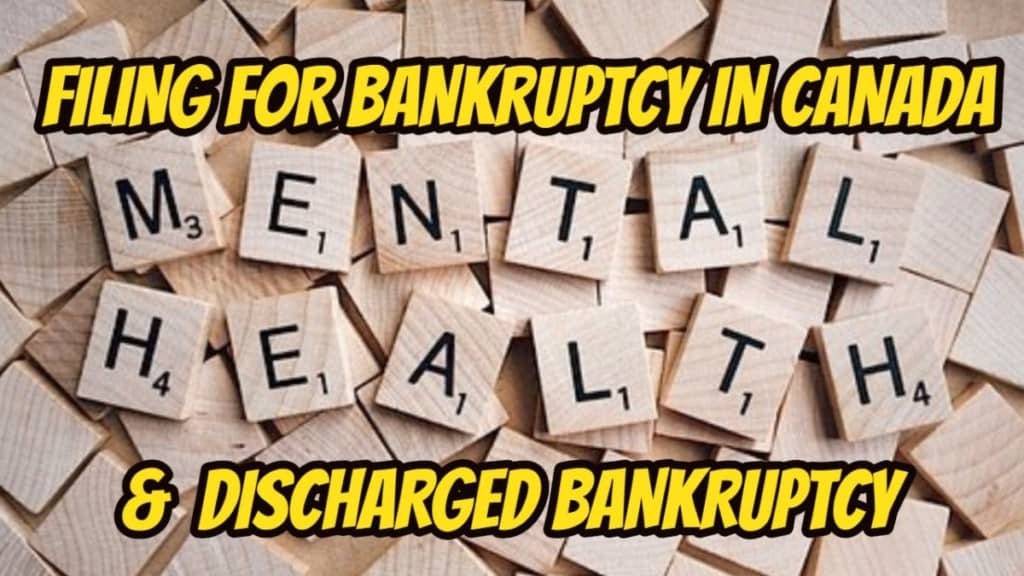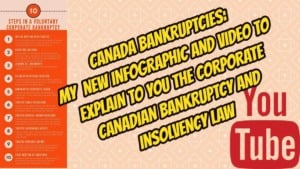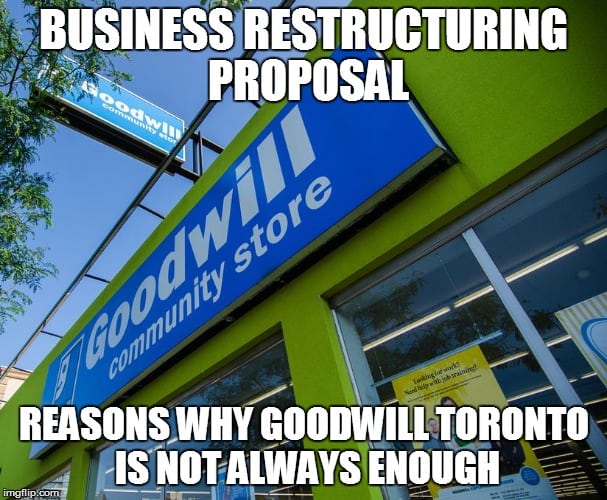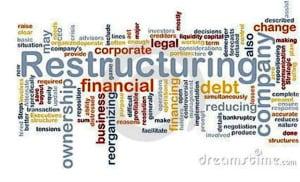[monkeytools msnip=”http://monkeyplayr.com/playr.php?u=5173&p=20588″]
Introduction
I prepared this vlog to explain the differences between a consumer proposal (CP), one of the bankruptcies laws in Ontario and bankruptcy. This discussion is based on the inquiries that we are asked often. Hopefully, this information will help you understand better specifically what a CP debt settlement strategy is and how it will certainly assist you to remove all your financial obligations. All this while AVOIDING personal bankruptcy.
Main benefits of a CP
Take into consideration several of the benefits of the CP vs. bankruptcy:
- Unlike informal debt negotiation, the CP creates a forum where every one of your unsecured creditors must take part in for your debt restructuring.
- You keep your property.
- Legal actions against you on your property and debts, such as wage garnishments, cannot continue.
- You do not require to file an assignment in bankruptcy
CP vs. bankruptcy
How do I recognize if I have a financial problem?
If you are having difficulty satisfying your debts or have actually quit paying them, you are probably insolvent. Another sign of insolvency is that if your assets if liquidated, will not bring in enough money to pay off your debts. When you are all stressed out over the money you owe, for sure you will know that you have financial problems.
How do I know if I qualify for either a CP or bankruptcy?
Any person that is insolvent and owes greater than $1,000 is qualified to file either a CP or an assignment in bankruptcy in Canada.
Will I have to give up my assets?
As soon as you file for bankruptcy you will certainly have to give up your non-exempt property to the Trustee. These possessions will be marketed and sold. The cash from the sale of your property will be used to pay for the cost of the bankruptcy administration. The balance will be dispersed among your creditors.
In CP, you will not be giving up your assets. You are making an offer to your creditors less than the total amount you owe. According to the Bankruptcy and Insolvency Act (R.S.C., 1985, c. B-3) (BIA), your CP has to be a better result for your unsecured creditors than they would receive in your bankruptcy.
What occurs to my wages or salary?
Nothing. You receive it as normal.
In a CP that has been (deemed) accepted by your creditors and approved by the Court, you begin to make your payments. There are no other requirements for your income in CP.
In bankruptcy, nothing happens to your income either. However, in a bankruptcy, unlike a CP, your Trustee at the outset has to decide if you are required to make voluntary contributions to your bankruptcy case based off of your income. If so, this is called a surplus income requirement. Also, you will have to file monthly statements of income and expense with the Trustee. Your surplus income requirement can change, depending on if your income goes up or down. There is no such requirement in CP.
Canada Revenue Agency (CRA) has frozen my bank account and has garnished my earnings. Exactly how can I deal with that?
As stated above, once you file a CP, there is a stay of proceedings. Upon receiving notice from the Trustee, CRA stops the garnishee process and lifts the freeze on your account(s). The same is true in bankruptcy.
Will I still owe money after I declare bankruptcy or file a CP?
Perhaps, because of neither a CP nor bankruptcy covers:
- secured creditors – mortgages, car loans;
- student loans (if it is less than seven years since you ceased to be a full or part-time student)
- alimony and support payments you must make in your divorce proceedings; and
- debts arising from fraud.fines or penalties imposed by the court;
How much time will I be under the insolvency proceeding?
The duration of time in bankruptcy will depend on whether this is an initial or 2nd (or more) bankruptcy, whether you have to pay surplus income and if your discharge is opposed or not. Depending on your circumstances, it can be anywhere from 9 months to many years.
In a CP, you can take up to 60 months to pay the total amount you promised to pay. Payments in a CP are required monthly.
Will anyone find out that I have filed either a CP or for bankruptcy?
As soon as you file for bankruptcy or a CP, your Trustee must file a notification with the Office of the Superintendent of Bankruptcy Canada (OSB) to start either process. The OSB does run a public database showing the status of all files.
In either a CP or bankruptcy, your Trustee must send a notice to all of your creditors. So they will know.
In a CP or a shortened summary administration bankruptcy, the Trustee does not place a legal notice in the local newspaper advertising that you filed. In an ordinary administration bankruptcy, the Trustee must publish a notice.
Generally, it is only the OSB, your Trustee and your creditors who are aware of your filing.
Is my partner or spouse impacted by my CP or bankruptcy?
Your partner/spouse will not be impacted by your CP or bankruptcy unless he/she co-signed as a borrower or has guaranteed payment for any of your debts. If they have guaranteed some or all of your debts, then those specific creditors can ask your spouse for payment in full.
NOTE: There is a body of case-law to suggest that if your CP is fully performed, then there is no debt left for your guarantor to make good on. That type of discussion is too technical for this general blog. If you are in this situation, your spouse should get legal advice before agreeing to pay anything. No such argument could even be considered in a bankruptcy situation.
Just how will my CP or bankruptcy impact my existing divorce case?
In Canada, CP and bankruptcy filings do not conflict with the majority of the divorce procedures. In a bankruptcy, the Trustee will stand in the shoes of the bankrupt spouse. Ontario is an equalization Province; not a division of assets Province. If the bankrupt spouse is entitled to an equalization payment, that will come to the Trustee.
In a CP, the Trustee does not get involved at all in any way. The BIA does not interfere at all with non-financial divorce issues such as custody. It also does not have any effect on support or alimony.
Consumer Proposal Canada or bankruptcy: Conclusion
I hope this consumer proposal discussion about the differences between a Consumer Proposal Canada and bankruptcy has been helpful to you.
Do you have severe debt and don’t know where to begin to fix it? Are your debt issues causing you to lose sleep? Is too much debt triggering stress and anxiety, discomfort and pain? We know that discomfort better than anyone and we can get it out of your life.
If so, call the Ira Smith Team today. We have years and generations of experience helping people and companies seeking financial restructuring or a debt settlement strategy. As a licensed insolvency trustee, we are the only specialists recognized, accredited and supervised by the Federal government to give insolvency advice and remedies to assist you and to prevent bankruptcy.
Call the Ira Smith Team today so you can end the stress and anxiety financial problems create. With the special roadmap, we will develop with and special to you, we will promptly return you right into a healthy, balanced hassle-free life.
You can have a no-cost appointment to assist you so we can fix your debt troubles. Call the Ira Smith Team today. This will certainly allow you to make a fresh start, Starting Over Starting Now.


 ToToronto real estate: Introduction
ToToronto real estate: Introduction







